GUEST BLOGGERS CHRISTINE LAYTON AND LUCIANA NAVARRO POWELL
Around the world, light delivers messages. Drivers use red, green, and yellow stoplights to see warnings like slow down and go this way. Hatchling sea turtles use moonlight like a map to find the ocean. Astronomers use starlight to measure the age of the universe. Light Speaks explores the many ways light shares information. Kids can explore ideas in nonfiction and informational books further with hands-on art activities that connect ideas from the book to their world.
Pre-reading Discussion
In Light Speaks, kids go on an overnight adventure outdoors where they see lights from natural sources and human-made sources.
Ask your students:
- Where can you find lights in nature?
- What are some lights made by humans?
- How do animals use lights in nature?
- What are some ways humans use lights?
- What kinds of things can we see at night that we can’t see during the day?
- What kinds of things can we see during the day that we can’t see at night?
Tip: use this printable brainstorm page to help organize thoughts.
Visible and invisible light
Start the lesson by reading Light Speaks. At the end of the story, explore the back matter titled “Light lets us see.” Discuss the definition of visible and invisible. Some lights are present during the day, but we can’t see them.
Next, draw students’ attention to the stars shown in the book. Show students that stars are visible on every set of pages of the book except for three (the first pages’ sunrise, the lightning and sky lantern pages, and the final rainbow pages.)
Ask your students
Stars are visible at night, but they are invisible during the day. Why can’t we see stars during the day?
Art exploration
In this art project, kids explore the differences between visible and invisible light while creating luminous day and night scenes.
Materials
- Paper
- white crayons
- watercolor paints
- water
- paper towels for cleanup
Directions
- Using the watercolors, guide students to create a daytime scene on their paper (Note: encourage students to use light colors for the sky like light blue or light yellow.)
- Next, guide students to use a white crayon to draw stars (dots), a moon, and maybe even a comet on the sky of their daytime picture.
- Emphasize that the stars are difficult to see in the daytime picture because the background is light, but they are there.
- Then, have the students use watercolors to paint a nighttime sky over the white dots. (Note: encourage students to use dark blue, purple, or black for the night sky.)
- Emphasize how the stars (the white dots) shine through the dark night sky. They are easier to see against the dark background.
Discussion
We don’t see stars during the day because there is so much other light in the sky from the sun. Even though stars make their own light, it is weaker than the sun’s light because the stars are much further away than the sun is. Seeing one star’s light during a sunny day is like trying to see one snowflake in the sky during a snowstorm. It’s there, but we can’t see if very well.
Ask your students
- Where are the stars right now?
- Do stars stop shining light during the daytime?
- When will we see the stars’ light again?
- If we shine a flashlight in a brightly lit room, does it make much of a difference?
- If we shine a flashlight in a dark room, does it make much of a difference?
Extend the connection: Light pollution
Revisit the three pages of Light Speaks that don’t show stars. Two are daytime pictures, one is a set of nighttime pictures (lightning, fireworks, and sky lanterns). Discuss which pictures show natural lights and which pictures show human-made lights. Explore the back matter titled “Light Pollution.”
Ask your students
- Are stars visible in these pictures? (lightning, fireworks, sky lanterns)
- Why aren’t stars visible in these pictures? (Connect students back to their own drawings. Guide them to understand that, just like the sun, the lights in these pictures are so bright that they block out the stars.)
- Can we see stars at night where we live? (Answers may depend on city or rural locations)
- What kinds of lights do we see at night where we live?
- In our artwork, we see that a dark sky allows starlight to shine brighter. Are there any human-made lights we could turn off or make dimmer so that we can see more stars at night?
Printable activities to extend ideas
- Visible & Invisible Lights picture sort
- Nature & Human-made Lights brainstorm
- Art Exploration activity page
- Light Speaks coloring page with discussion prompts
Featured image credit: “Stars, Moon and Palms” by Randy Son Of Robert is licensed under CC BY 2.0..
Colorado children’s author Christine Marie Layton has written eleven informational books including Light Speaks. She loves train rides, mountain hikes, and fossil walks. Christine also loves to get kids excited about reading and writing. Visit Christine at ChristineMarieLayton.com or on Twitter, Facebook, or Instagram at @Layton_author.
Originally from Brazil, Luciana Navarro Powell moved to the U.S. in 2002. Luciana is the illustrator of books including A Tiny Brown Monkey on the Big Blue Earth, Extraordinary Ordinary Ella, and Happy Birthday Bellybutton. She lives in the Pacific Northwest with her husband and sons. Discover more at lucianaillustration.com and Instagram: @lucianaillustration, Twitter: @lucianaillustra, and Facebook: LucianaIllustration.


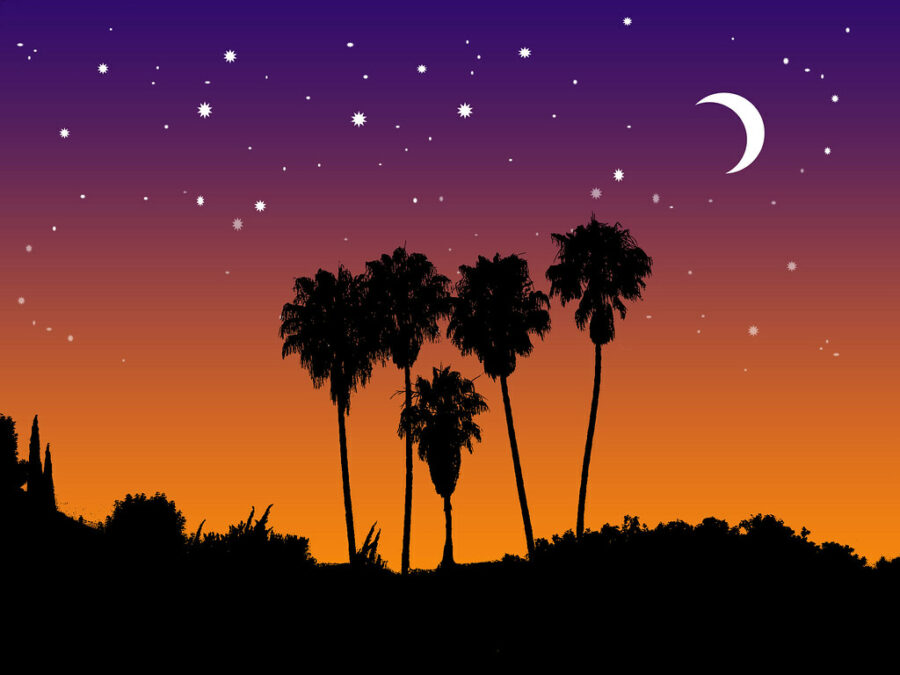

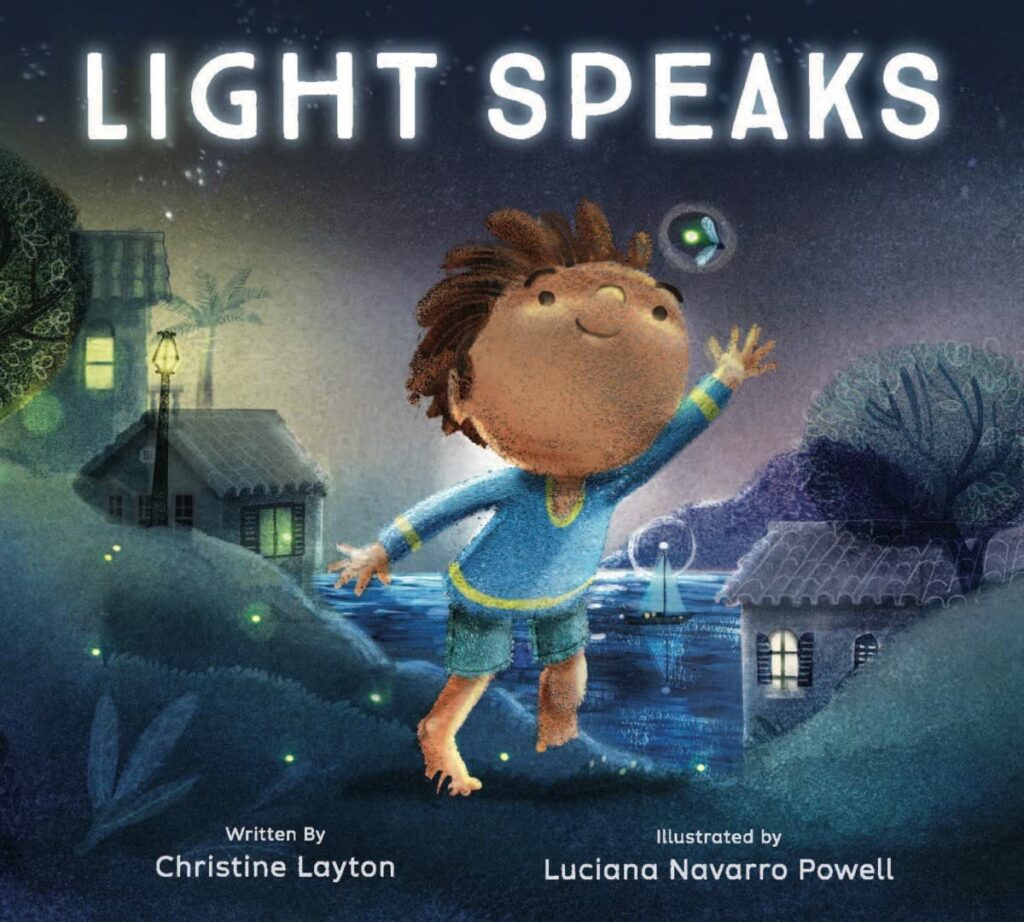
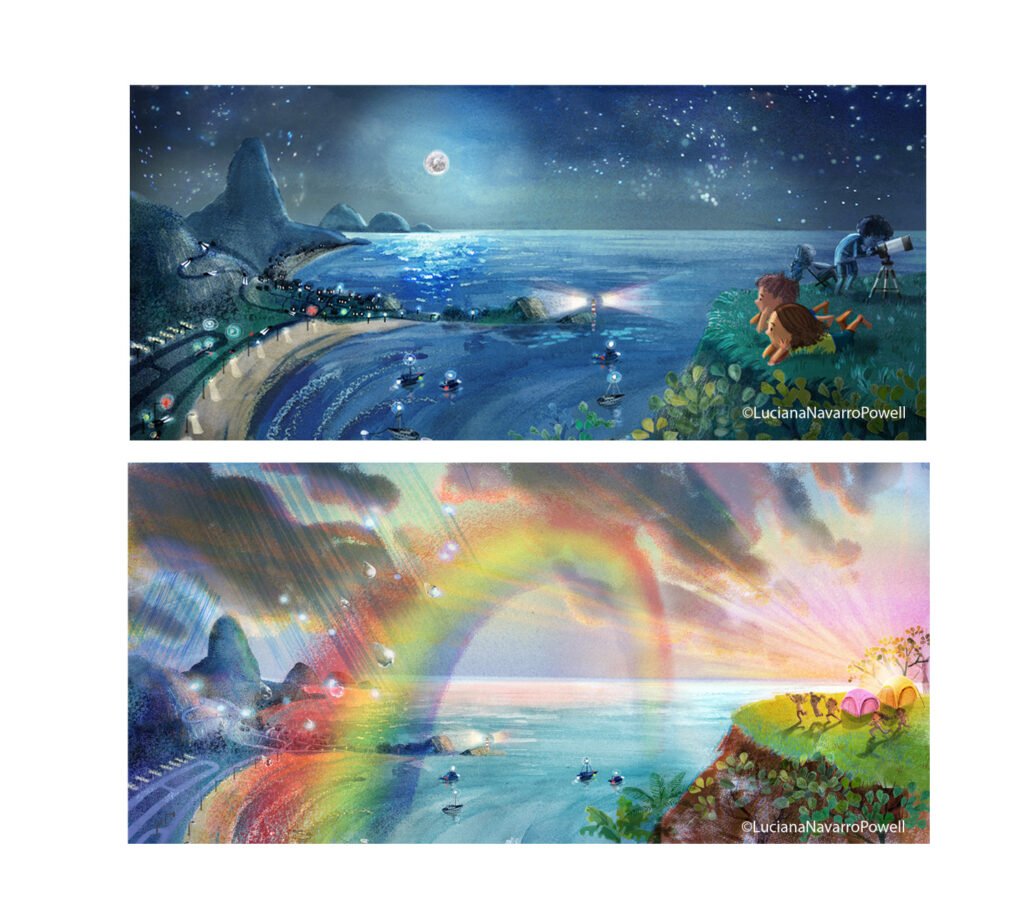

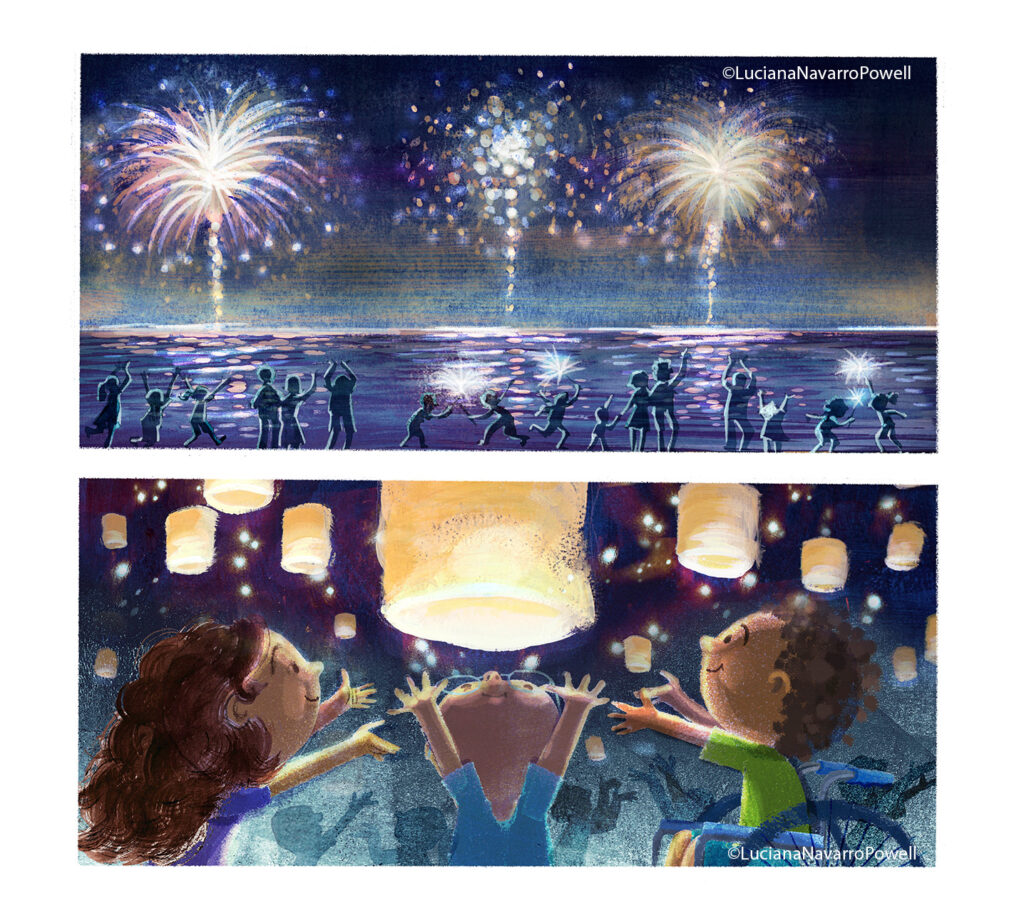
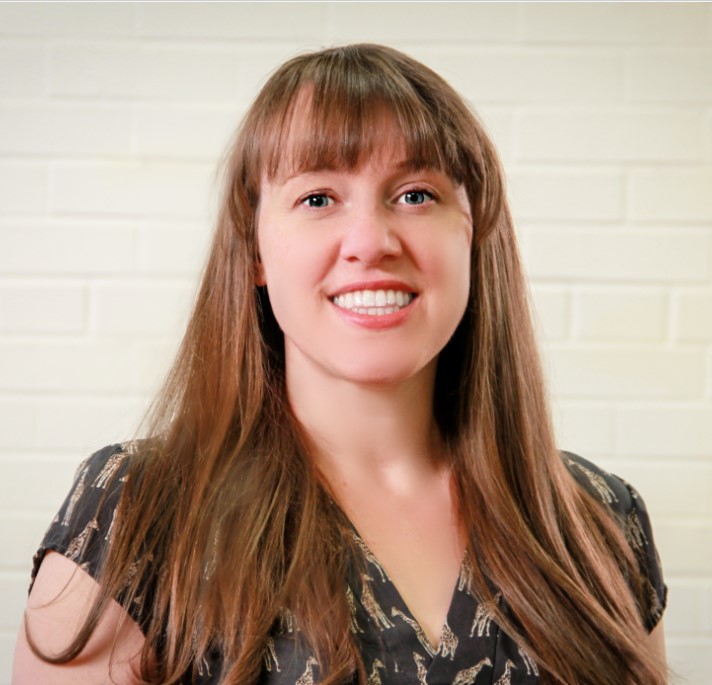
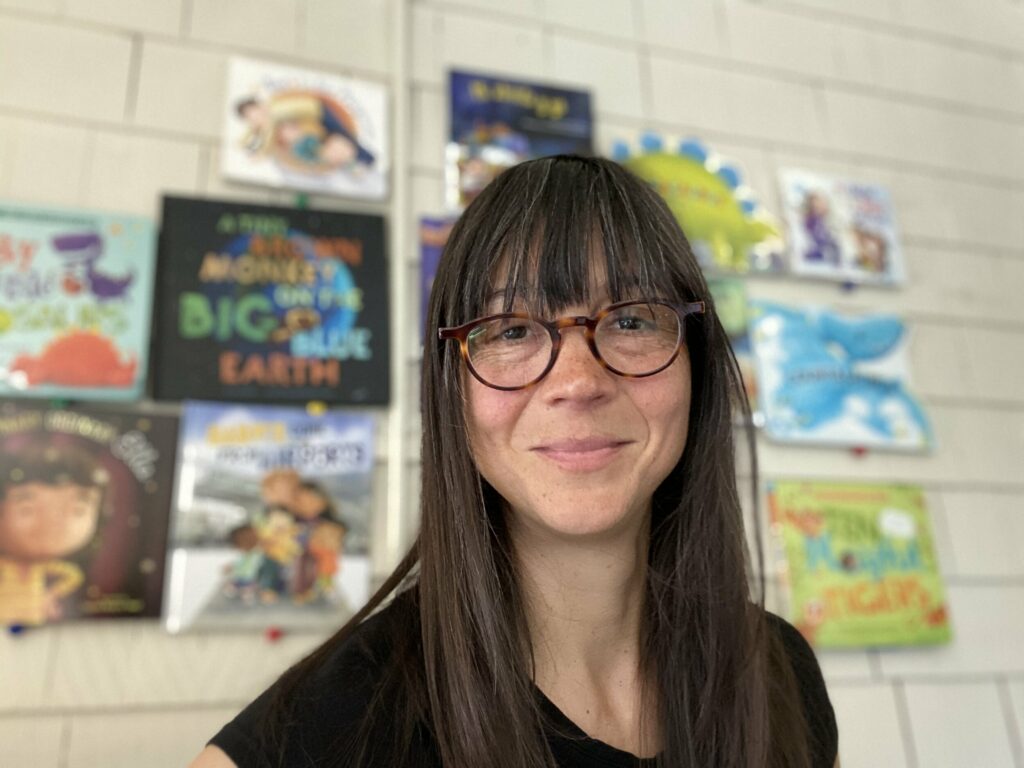
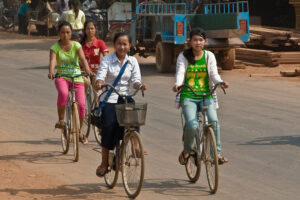
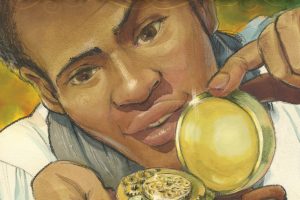



Leave a Reply
Your email is safe with me.